A WHIRLWIND TOUR OF THE WIRRAL PENINSULA
18 August 2021
A WHIRLWIND TOUR OF THE WIRRAL PENINSULA
18 August 2021
This post is one of a series of articles featuring some of the places I was familiar with whilst growing up in Cheshire, England. Indeed, the recent lockdown and subsequent international travel restrictions have given me the perfect opportunity to revisit some old haunts – and discover some new ones along the way. And, hopefully, if you’re visiting this corner of northwest England, you might be inclined to try them out, too!
Protruding into the Irish Sea and sandwiched between the Rivers Dee and Mersey, the Wirral Peninsula isn’t likely to trouble anyone’s travel bucket list. But, as a day trip from the nearby historic cities of Chester and Liverpool, I reckon it’s got plenty to offer.
Not least because I grew up and lived there for the best part of 40 years.
Bisected by the M53 motorway, with urban Birkenhead and Wallasey on the east side and rural villages such as Willaston, Raby and Burton to the east, it’s a varied and contrasting place to visit.
So, having recently revisited many of the places I remember from my youth, I’ve come up with a whirlwind tour that takes in the best of the peninsula.
The circular route I’ve chosen assumes you have a car and are staying in Chester. But it can easily be adapted for anyone staying in Liverpool – for which I’ll explain later. Most of the places can also be reached easily by local train.
And, it goes without saying, you can expect some recommendation for the best traditional pubs, too.
Puddington
Burton Mere Wetlands
X
Ness Botanic Gardens
X
Parkgate
X
The Wheatsheaf Inn
X
Thornton Hough
X
The Red Fox
X
Brimstage Hall
X
Thurstaston
X
West Kirby
X
Hilbre Island
X
Leasowe Lighthouse
X
New Brighton
X
Birkenhead Priory
X
Woodside Ferry Village
X
Hamilton Square
X
Birkenhead Park
X
Port Sunlight
Eastham Ferry
Hadlow Road Train Station
About Wirral
The name “Wirral “ comes from the original Anglo-Saxon “Wirheal”, meaning “myrtle-corner” – a reference to the once-rampant bog myrtle that covered the land.
Roughly 15 miles long and 7 miles wide, the peninsula appears in the Doomsday Book of 1086 (the historic “Great Survey” commissioned by William the Conqueror to determine taxes owed to the Crown, and under which every existing shire was recorded). And, for centuries, it existed as a rural area with a smattering of small parishes built from the local and distinctively red sandstone.
Its later development was inextricably linked to the changing fortunes of Chester and Liverpool. For instance, as Chester’s importance as a port declined when the River Dee began to silt up, replacement harbours were established along the length of Wirral’s Dee side, such as those at Neston and Parkgate.
Similarly, as Liverpool’s dock system expanded during the 18th Century, a string of lighthouses were built along Wirral’s north coast to protect the shipping routes.
And the substantial increase in stage coach traffic between Chester and Liverpool resulted in the establishment of ferry services across the River Mersey – which remain to this day perhaps Wirral’s most famous tourist attraction.
New Brighton Lighthouse
Puddington to Parkgate
Our route begins by heading out of Chester on the A540, which serves as the main route between the city and West Kirby at the tip of the peninsula’s Dee side. Once you’ve crossed the A550 you’ve entered the peninsula proper.
And soon after, take a left turn through the tiny village of Puddington and onwards to Burton Mere Wetlands, a nature reserve on the Dee Estuary. Run by The Royal Society For The Protection Of Birds, it’s not surprisingly, a mellow and peaceful place for bird-lovers and walkers alike.
If that doesn’t float your boat, carry on for another mile or so to the picture postcard village of Burton. The main street is a high-end mixture of sandstone walls, thatched cottages, half-timbered buildings and Georgian brick houses. Although there’s not much to actually do there, it’s worthwhile parking your car and taking a stroll through the main street as it represents Wirral’s archetypal rural village. Albeit a very wealthy one.
Continuing through Burton towards Neston, Ness Botanic Gardens is an award-winning 64-acre park showcasing over 15,000 plants from as far away as The Himalayas. Founded in 1898, it’s one of Wirral’s foremost attractions. Although, not being a plant fan myself, I’ve never visited.
Beyond the gardens is Neston and the coastal village of Parkgate – one of my regular haunts of yesteryear.
Parkgate
Back in the early-18th Century, after access to Chester’s harbour was cut off by the silting of the River Dee, Parkgate became one of the northwest’s most important ports. And especially as an embarkment point for Ireland. But then, when it too surrendered to the silting onslaught, it tried to reinvent itself as a seaside resort.
For visitors nowadays, it’s a one-street town of grand buildings housing pubs, cafes, restaurants and ice cream parlours, overlooking marshland towards North Wales.
I spent a lot of time there in my youth. After all, it was a great bicycle ride from my home in Eastham, through the quiet country lanes of Raby and Thornton Hough, and finishing with a double-scoop of ice cream at Nicholls.
In fact, this particular ice cream parlour has been a Parkgate institution ever since it opened in 1937. As witnessed by the queues outside during warm summer weekends. Tradition dictates that, once you’ve bought your ice cream of choice, you then deftly consume it before the Big Melt sets in. Preferably whilst looking out over the green marshes from the sandstone coastal wall across the road. And if your imagination allows, you’ll be able to picture sailing ships moored in the estuary. And imagine the sound of Irish accents as passengers disembark for their onward journey to Chester and London.
Other than that, take a walk along The Parade (the coastal road), where you’ll eventually arrive at The Boat House, Parkgate’s finest pub with an exterior terrace right on the marshes.
The Parade, Parkgate
Raby & Thornton Hough
If you’re ready for some lunch and/or a beer at this point, I’d suggest you actually skip The Boat House and continue on to our next point of call in the hamlet of Raby.
Past The Boat House, the road continues back up to the A540. Turning right back towards Chester you’ll soon arrive at a left turn for Raby, which is situated just a mile further on.
The hamlet is basically nothing more than a few homes and a couple of farms. Oh, and Wirral’s oldest and best pub, The Wheatsheaf. Known colloquially as “The Thatch” (on account of its gorgeously thatched roof) it’s been an inn since 1611. And it’s one of those English country pubs whose interior has hardly changed over the decades. Including heavy wooden furniture, inglenook fireplaces and stone floors. Indeed, my Dad’s side of the family used to live nearby and so our patronage of the pub goes back generations.
Both the bar food and the a la carte menu in the attached “Cowshed Restaurant” (set in a converted..ahem…cowshed) are renowned, too.
“The Thatch”, Raby
A narrow lane (Raby Road) leads from the pub to another impossibly quaint Wirral village at Thornton Hough. Although it was listed in the Domesday Book, the hamlet was developed as a model village in the 19th Century and completed by philanthropist and soap factory pioneer, Lord Leverhulme in a similar style to his other famous Wirral model village at Port Sunlight. It even retains its original working smithy.
Indeed, Leverhulme bought up much of the farmland around Thornton Hough and Raby and, as he did in Port Sunlight, built housing for his workforce to live in. A workforce that included my uncle, who lived in Thornton Hough for most of his life.
Nowadays, Leverhulme Estates owns and manages a substantial amount of land, residential and commercial property in central Wirral (they even own The Thatch). Leverhulme himself lived in the magnificent Thornton Manor on Manor Road, which today is used as a hotel, wedding and conference venue.
Having strolled around the village you might also be tempted to visit the nearby Red Fox – another fabulous Wirral pub. In contrast to the quaintness of The Wheatsheaf, this is set in a magnificent 19th Century brick and sandstone mansion.
The Village Green, Thornton Hough
Raby Road, Thornton Hough
Brimstage to Caldy
Continuing past Thornton Manor to the next junction, a quick right turn will take you to the village of Brimstage. Also owned by Leverhulme Estates, it’s home to the award-winning Brimstage Brewery. But most people come to visit the 12th Century Brimstage Hall & Courtyard, with its boutique shopping, coffee shop, restaurant and maze.
Brimstage Hall
Retracing your route back towards Thornton Hough, the road eventually arrives at Heswall, where you’ll rejoin the A540. Turning right through Heswall you’ll once again emerge into countryside before arriving at Thurstaston, another sandstone village gem.
However, rather than the village itself, it’s the surrounding parkland that attracts most visitors. Thurstaston Common’s 250 acres features a rocky sandstone outcrop, which includes the legendary “Thor’s Stone” – said to be once used as a ceremonial site by the Vikings.
Meanwhile, down at the shoreline, Wirral Country Park is popular for walks and picnics. And, with respect to the better-known sands at West Kirby and New Brighton, the beach at Thurstaston is the best in Wirral.
Church of St Bartholomew, Thurstaston
West Kirby & Hoylake
Back on the A540, take a left at the next roundabout and head into the village of Caldy, if only to drive through perhaps the most affluent part of the whole of the Wirral Peninsula. Once again the village itself is a sleepy sandstone thing of beauty. But the houses of the Premier League footballers and retired investment bankers are a sight to behold as you slowly descend towards the seaside resort of West Kirby.
Situated at the tip of the Dee side of the peninsula and stretching out into Liverpool Bay, it’s been a long-time favourite of Wirralians. Mainly for its foodie reputation, marine lake, wide sandy beach and its access to the offshore Hilbre Islands.
I remember as a teenager being bowled over by my first savoury pancakes at the now-defunct Pancake Kitchen. A bacon and cheese pancake for my main course. And an ice cream, banana and chocolate sauce extravaganza for dessert. Fine dining indeed. And West Kirby’s aura as a foodie destination remains with me to this day. Although nowadays I’d happily skip the carbohydrate-drenched pancakes for a carbohydrate-packed pint at the excellent West Kirby Tap. (Which, if you’ve read my Chester article, is the sister pub to The Brewery Tap in that fine city).
If you have the time (and can time your visit to when it’s low tide) you can walk from West Kirby’s promenade out to the Hilbre Islands. It’s a good four-hour round trip. And don’t expect white powder sand and a turquoise lagoon, either. We’re talking a beach that’s drained faster than a sink with an oversized plughole, the ever-present and unmistakable salty smell of seaweed, and the semi-drunk antics of flocks of seagulls arguing over a patch of prime sandbank.
I completed it for the second time this year. The first was back in the two-pancakes-for-supper era. I loved it then. And I loved it again this time. Even though my calf muscles took a substantial hammering on the shifting, wet sand.
You’ll need to know when it’s safe to walk there as the incoming tide can be alarmingly swift. But it’s a unique experience. And one I can highly recommend. Especially with the promise of a very welcome beer at the West Kirby Tap at the end of it.
Here’s the recommended (and safe) walking route. And here are the predicted high and low tides. Although a board at the top end of the Marine Lake will display the exact times for that particular day.
Beyond West Kirby, and en route to Hoylake, you’ll pass the Royal Liverpool Golf Club. Which, as any golf fan will tell you, hosted the British Open in 2014. And will do so again in 2023. Although, not being a golf fan myself, I had no idea that was the case until I checked in with Google.
New Brighton
The road then continues along the northern coast of the peninsula, past the historic lighthouse at Leasowe and onwards to the Wirral’s other seaside resort at New Brighton.
However, unlike West Kirby, this resort has some proper history. In Victorian times, it was one of the country’s premier seaside destinations and soon boasted the country’s highest building (the New Brighton Tower), the country’s longest promenade and one of the world’s largest outdoor bathing pools. Indeed, the ferry service across from Liverpool ensured there was a steady flow of fun-loving families and groups of friends eager to enjoy the amusement arcades, ice cream parlours and endless sandcastle-building opportunities.
Famously, the town’s Tower Ballroom hosted gigs by The Beatles 27 times in the days before “Love Me Do” set the ball rolling towards world domination. A run that was second only to the Cavern Club in Liverpool.
Alas, the post-war period was otherwise one of major decline and New Brighton became a wind-swept ghost of it’s former heyday.
But, the 21st Century has seen some major investment and a belated reawakening for the town. In truth, there are better pubs, restaurants and cafés to consider elsewhere. But, if you can spare a couple of hours in New Brighton, I’d suggest you park near to the Morrisons supermarket and walk along the promenade all the way to Seacombe Ferry and back – about 5 miles in total.
Along the way you can take a look at Fort Perch Rock, a fort constructed of sandstone (naturally!) purportedly to prevent a French invasion during the Napoleonic Wars of the early 19th Century. New Brighton lighthouse sits behind it.
Beyond it, the main beach looks out over the north Liverpool docks. Not an idyllic bit of scenery, granted. But then again, swaying coconut palms aren’t necessarily everyone’s cup of tea.
View of offshore wind turbines from Fort Perch Rock
Fort Perch Rock
One of six statues on the “Mermaid Trail”
However, the views across to Liverpool get better as you progress along the promenade towards Seacombe. In fact, Liverpool’s famous waterfront arguably doesn’t look any better than from this particular vantage point.
View of Liverpool to the left, Seacombe to the right
View of Liverpool and a ferry crossing the Mersey
Birkenhead
Your arrival in New Brighton also marks the point where the River Mersey replaces the Dee as the coast’s focal point. The idyllic, sandstone rural villages of the peninsula’s west coast have now been replaced by the industrial buildings and terraced housing of the east.
Birkenhead, Wirral’s largest and most populace town, became the peninsula’s commercial hub during the 19th Century once the first paddle ferry services connected it to the port of Liverpool in 1822. Further connections with the city were added in 1886 with the opening of an underground railway. And finally with the opening of the Queensway road tunnel in 1934.
It’s a gritty town with a history that leans heavily on its docks and shipbuilding. In fact, the Cammel Laird shipyard was responsible for building some of the British Navy’s greatest ships, such as the HMS Ark Royal, as well as the ocean liner RMS Mauretania.
The drive from New Brighton to the Woodside ferry terminal passes by and over Birkenhead’s iconic dock system. Including the Central Hydraulic Tower and Engine House, a 19th Century tower providing power to open and close the dock’s lock gates and bridges. Full disclosure – my grandfather worked in Birkenhead’s docks throughout his working life. So I guess I have something of a geek’s interest in those dilapidated old buildings.
All of which might not seem, at first glance, to offer much for the visitor. But, if you can look past the industrial ugliness of the docks (despite their historic significance) there are plenty of reasons to spend some time here.
For instance, if you have the time, pop into Woodside ferry terminal and buy a round trip ticket for the ferry crossing to Liverpool. It’s the most touristy thing you can do on Merseyside. And it’s still a thrill for me after all these years.
In fact, the ferry terminal has recently been converted from a mere ticket office and landing stage into a destination in its own right (called “Woodside Ferry Village”), with a food hall, bar and terrace looking out towards Liverpool.
A ferry arriving at Woodside Terminal
Close by is Hamilton Square. It was built as Birkenhead’s original town square and is home to the most Grade I listed buildings outside London (second only to Trafalgar Square). Indeed, the superb terraced Georgian buildings and town hall are probably a much under-appreciated piece of Wirral heritage.
As is the Italianate-inspired Hamilton Square train station, which has connected Birkenhead with Liverpool via an underground tunnel after it was opened in 1886. And, in a nod to the past, the station tower still retains signage that proudly boasts of “Frequent Electric Trains”.
Hamilton Square station
Also nearby, Birkenhead Priory is recognised as the oldest building on Merseyside. It was built as a Benedictine Monastery in the 12th Century, when Birkenhead was nothing more than an isolated headland. And, in 1330, the monks were granted permission by the King to operate the first ferry service across the Mersey to Liverpool. Which they did until Henry VIII put paid to it in 1538 when he ordered the Dissolution of the Monasteries.
Having benefited from recent restoration works, it’s an impressive sight. Although, you won’t appreciate it fully until you’re actually within the grounds as it’s surrounded by the Cammel Laird shipyard, huge metal cranes and industrial units.
You can learn about its history at the small onsite museum and tours of the site are available. Better still, it’s all free.
“Birkenhead Priory” by Robert Cutts is licensed under CC BY 2.0
Original image enhanced
If you enjoy craft beer, the excellent (and multi-award winning) Glen Affric brewery is situated in one of the surrounding industrial units. Its taproom is open at weekends (including Friday evening) and includes up to 25 of their eclectic range on tap.
A short drive from the centre of town, Birkenhead Park is worth a visit, too. Opened in 1847, it was the world’s first public funded park. Famously, its winding paths and mixture of art and nature so inspired the American landscape architect, Frederick Law Olmsted upon his visit in 1850, that he based his designs for New York City’s Central Park on it. So, plenty of ornamental bridges and lakeside walks in both. Sadly, replicas of the two cricket pitches never made it across the Atlantic.
Port Sunlight
From Birkenhead, follow the A41 towards Chester, passing Rock Ferry and New Ferry, until you reach the model village of Port Sunlight.
Built by Lord Leverhulme (he of Thornton Hough fame) in the late-19th Century to house the workers at his brand new soap factory, it’s an outrageously picturesque garden village of half-timbered and red-brick buildings, with twisted chimneys, leaded windows and carved woodwork.
It also features a world class art gallery (The Lady Lever Art Gallery) and a fascinating museum.
The best way to see it is to pick up a guide map from the museum and simply stroll around for an an hour or two. You can get a taster for what you’ll see in our article, Port Sunlight: England’s Finest Model Village.
Hillsborough Memorial Garden and War Memorial, Port Sunlight
Bridge Cottage, Port Sunlight
Eastham to Willaston
Continuing along the A41 for a further four miles, you’ll arrive at the village of Eastham. It’s where I grew up and lived for nearly 40 years. And, just as with many other Wirral villages, it has an old sandstone-rich village centre.
Back in Victorian times it was actually a day trip destination for Liverpudlians via the ferry service across the Mersey. There was even a Pleasure Park and a zoo with performing bears, lions, monkeys and an antelope. Although the ferry service has long gone, Eastham Ferry and Eastham Country Park are still popular with families and dog walkers at weekends. As it was for me and my friends when, as early-teenagers, we played football in the grassy areas of the park and sought out the disused remnants of the Victorian zoo, such as the ominous-looking bear pit.
A mile-or-so beyond Eastham, a right-hand turn will take you through Hooton and then onwards to the pretty village of Willaston. Once there, head to Hadlow Road Station. Opened in 1866, it once operated on the single-track line between Hooton and West Kirby. But, having closed in 1956, the original buildings have been restored and maintained to look exactly as they were.
Once you’ve had a look around, continue out of Willaston until you arrive at the junction for the A540, which will then return you to Chester.
“Hadlow Road Station” by hehaden is licensed under CC BY-NC 2.0
Original image cropped
The Wirral Way
If you have the time and the inclination, you can park your car at nearby Hooton Station and walk the 12-mile Wirral Way. Essentially it follows the route of the now-disused train line from Hooton to West Kirby, passing through Hadlow Road Station and onwards through Neston, Parkgate, Heswall and Thurstaston.
It’s a pleasant rather than spectacular walk. But on a sunny day, there are enough open spaces for picnics and pubs for al fresco lunches to warrant at least half-a-day of your time. And, of course, once you arrive at West Kirby station, just hop back on the train to Hooton (via Hamilton Square) to pick up your car.
The Wirral Way
“In the Beginning the Universe was Created” by Terry Kearney is licensed under CC BY-NC 2.0
Original image cropped
Getting to the Wirral from Liverpool
If you’re staying in Liverpool you can drive through the Queensway Tunnel to Birkenhead or the Kingsway Tunnel to Wallasey. I’d suggest the Queensway Tunnel for the outward journey as you’ll be able to easily pick up the route in Birkenhead.
Of course, if you’re not driving you can take the ferry across the Mersey to Woodside. Or you can take the underground train from any of the central city stations to Hamilton Square.
How to get around by train
Wirral is served by an excellent train network, operated by Merseyrail.
The service from Chester to Liverpool (and vice versa) runs as frequently as every 20 minutes, with connections to New Brighton, West Kirby and Neston. And with stops at places such as Hooton, Port Sunlight, Hamilton Square and Birkenhead Park, much of what I’ve covered in this article is easily accessible.
Final thoughts on the Wirral Peninsula
OK, I might be biased as just writing about the area brings back fond memories from my childhood.
But, if you happen to be visiting either Chester or Liverpool, there’s no doubt in my mind that your experience would be enhanced by at least one day trip into Wirral. And not just because of the peninsula’s connections with its more illustrious neighbours.
With its melting pot of affluent rural splendour, picture postcard villages, rich maritime history and gritty urban redevelopment, Wirral is in someways a hidden secret.
However, don’t just take my word for it.
The Gatehouse at Thornton Manor, Thornton Hough
What did you think? Have you been to the Wirral Peninsula? Or maybe you’re thinking of visiting in the near future? Either way, we’d love to hear from you so please add your comments below.
Other posts in this series:
YOU MAY ALSO LIKE
Hi, we’re Ian and Nicky, an English couple on a voyage of discovery around the world, and this blog is designed to reflect what we see, think and do. Actually, we’d like to think it also provides information, entertainment and inspiration for other “mature” travellers, too. So please feel free to pour yourself a glass of something suitably chilled and take a look around.




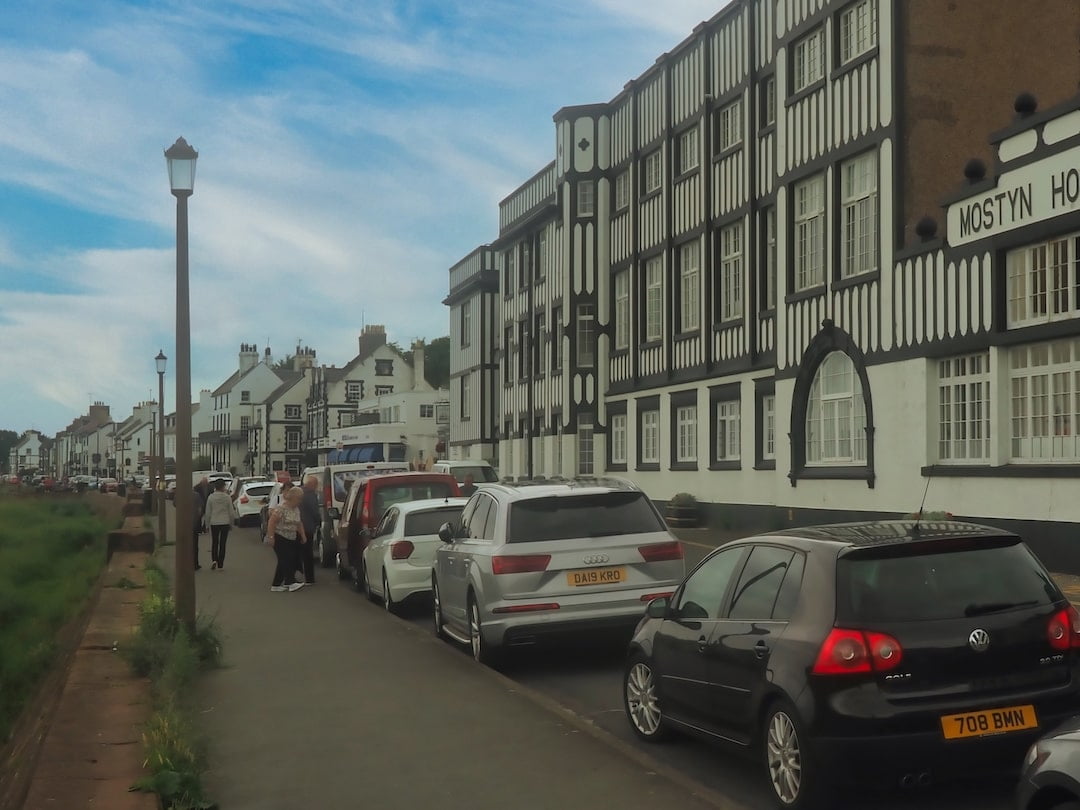
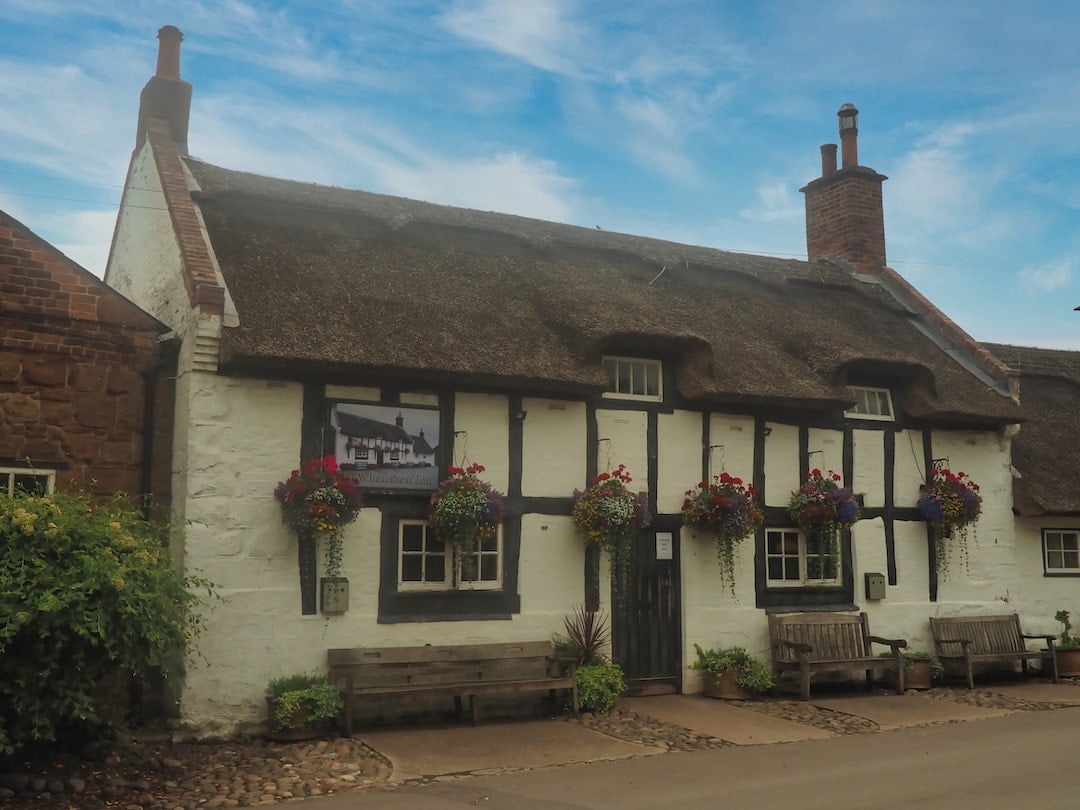



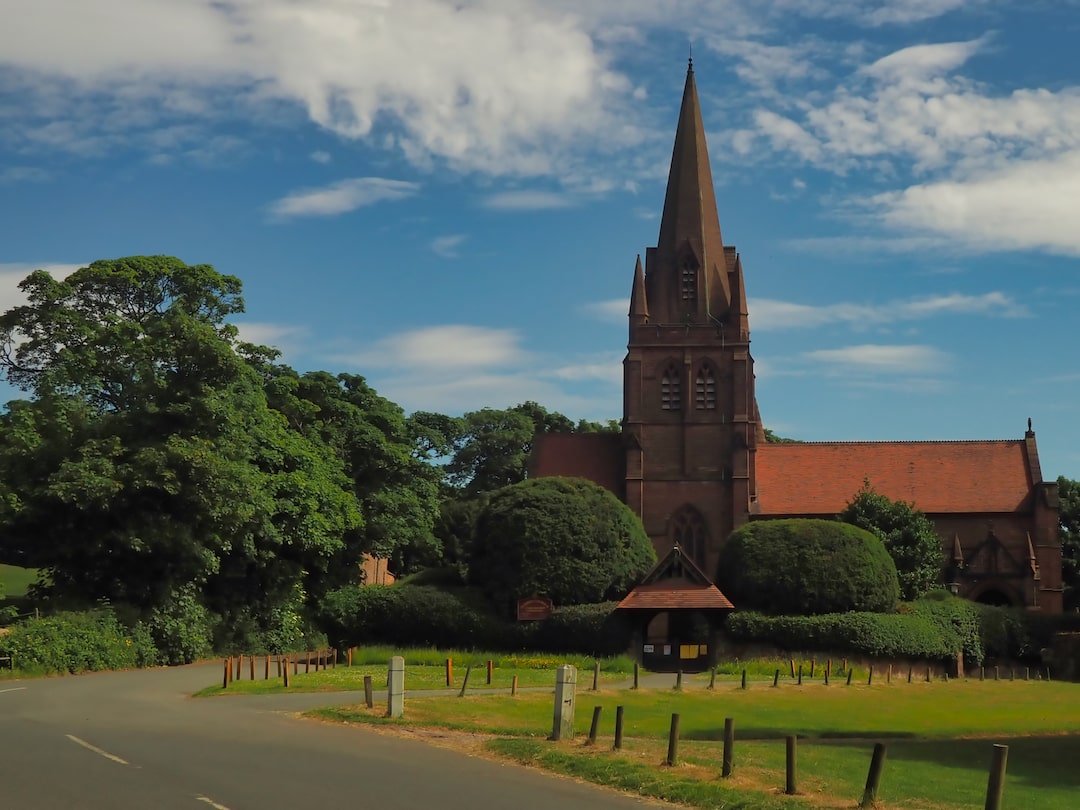


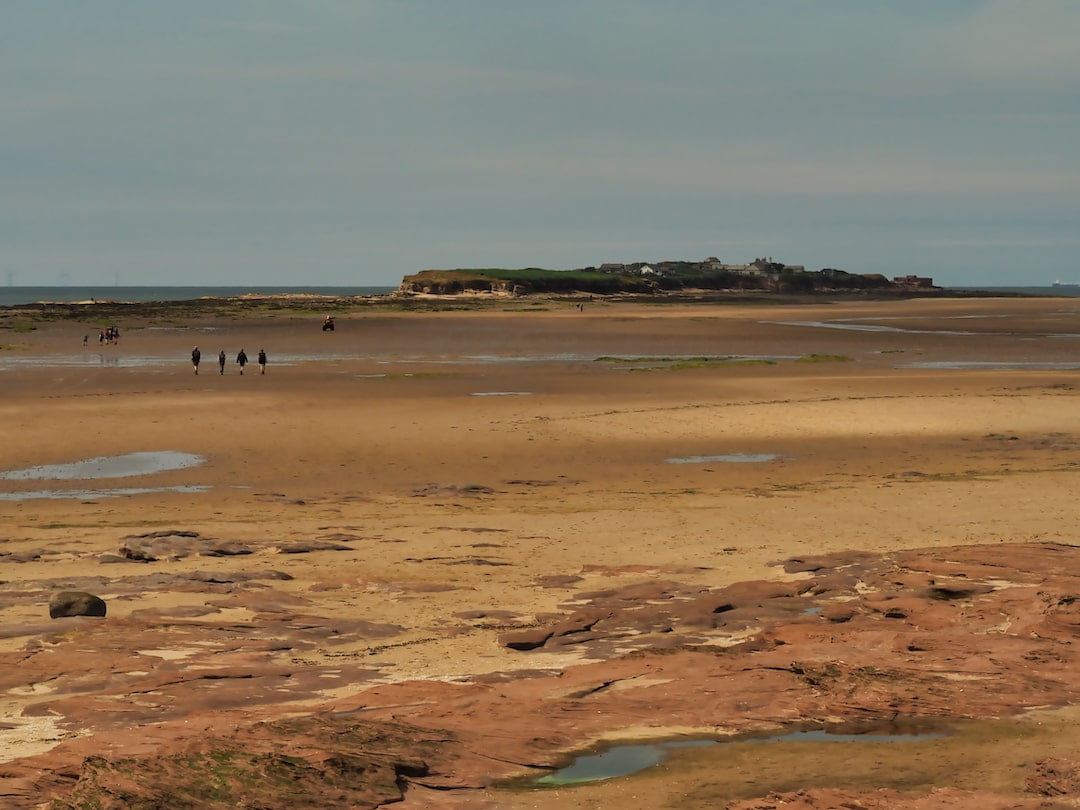


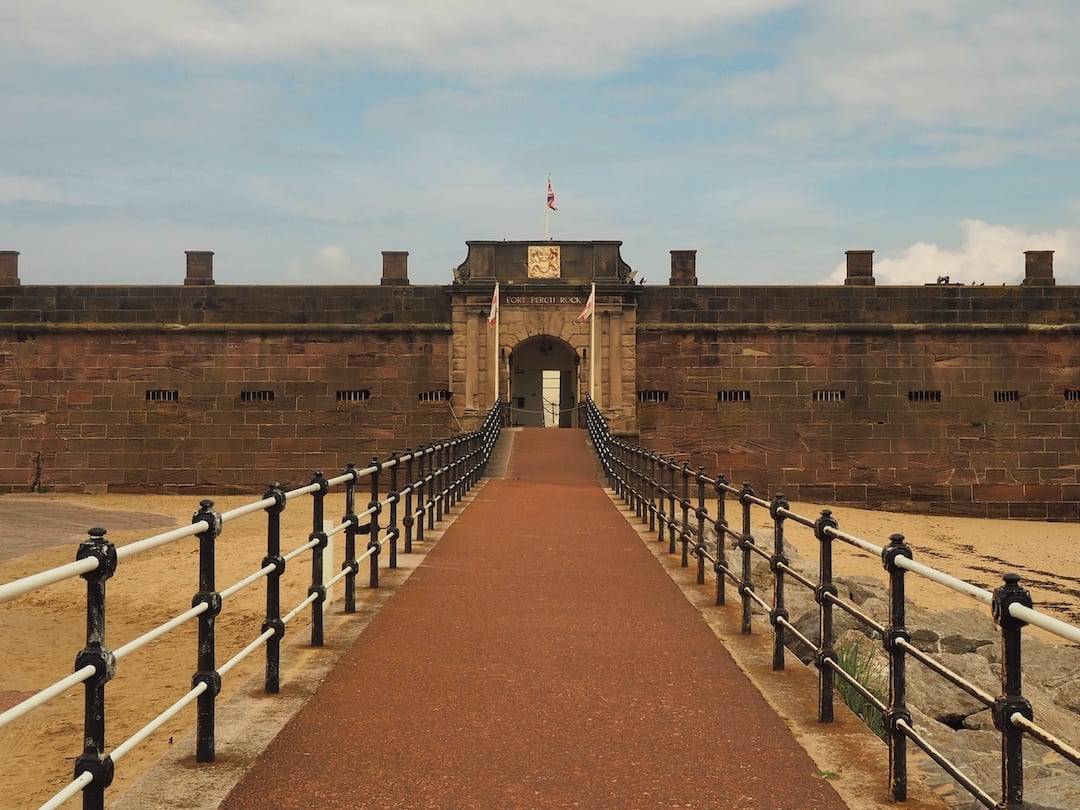

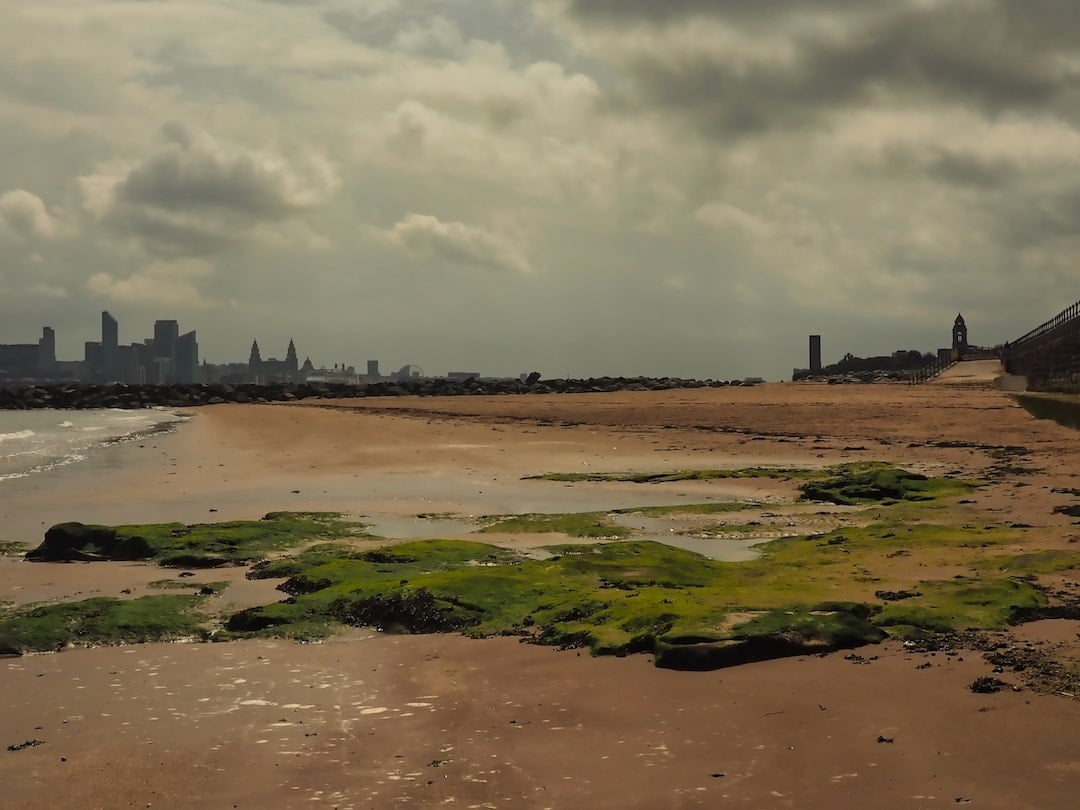

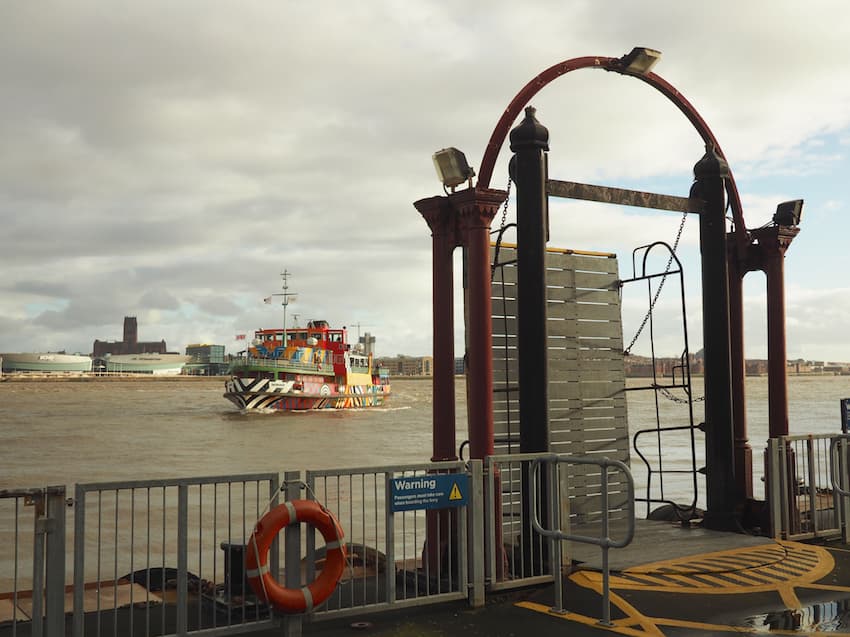

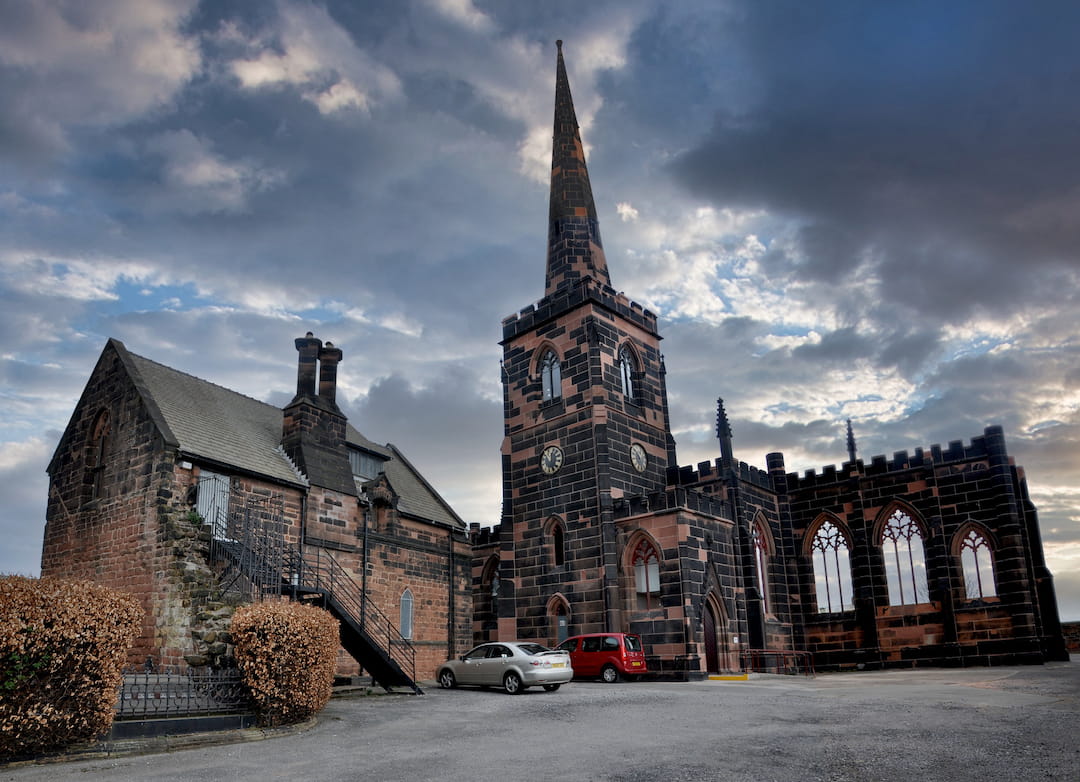
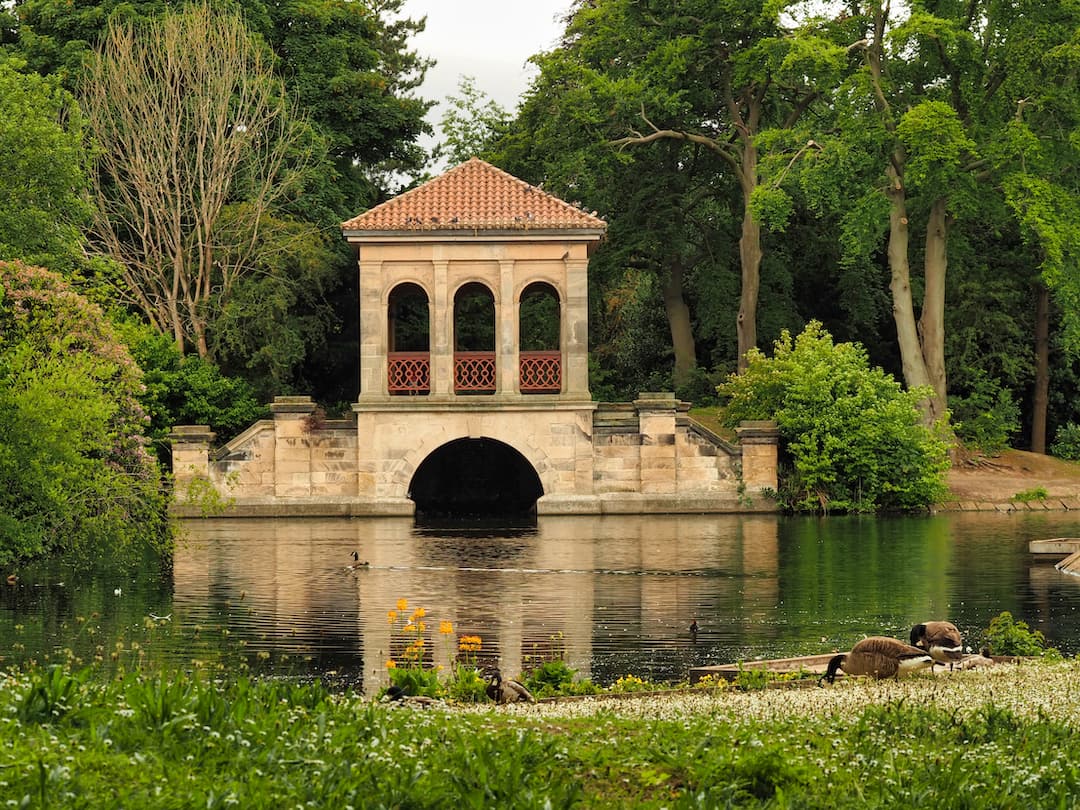
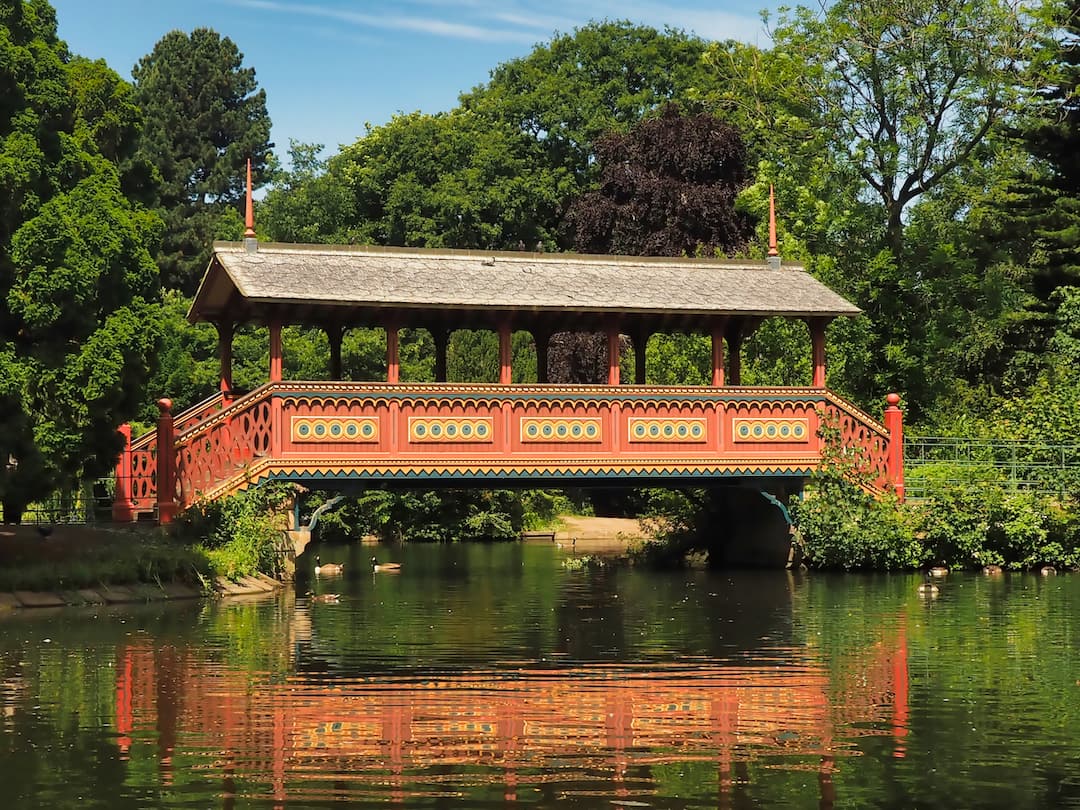
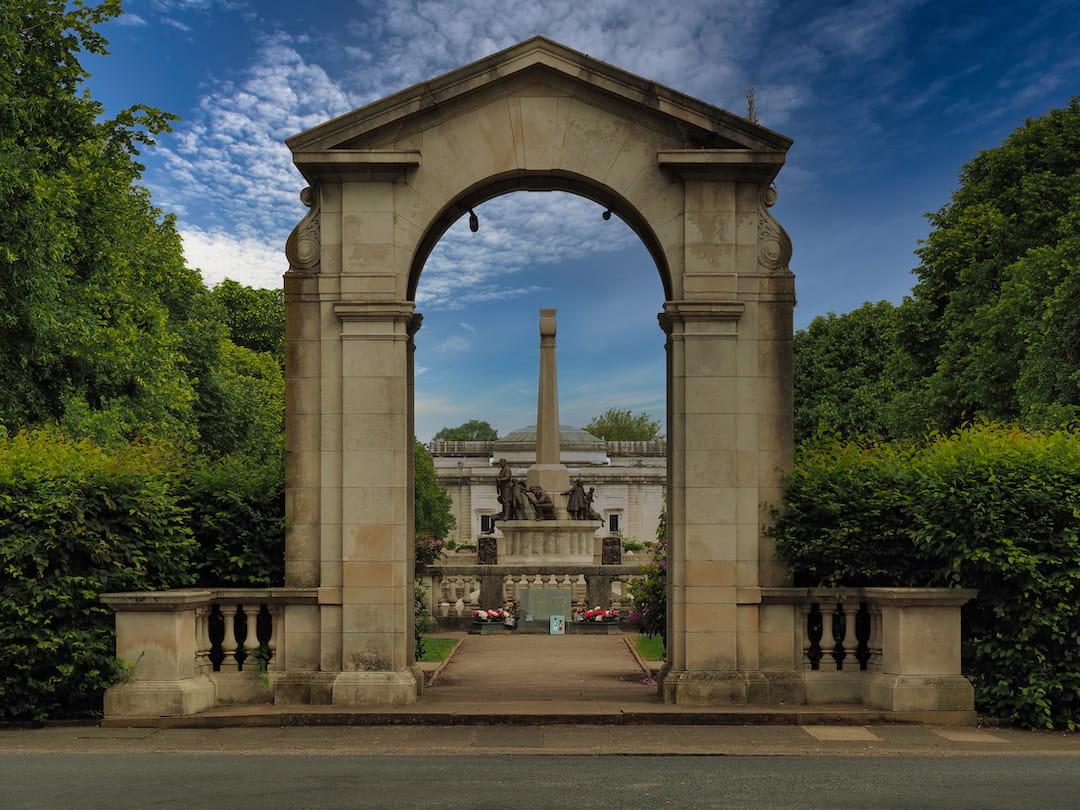
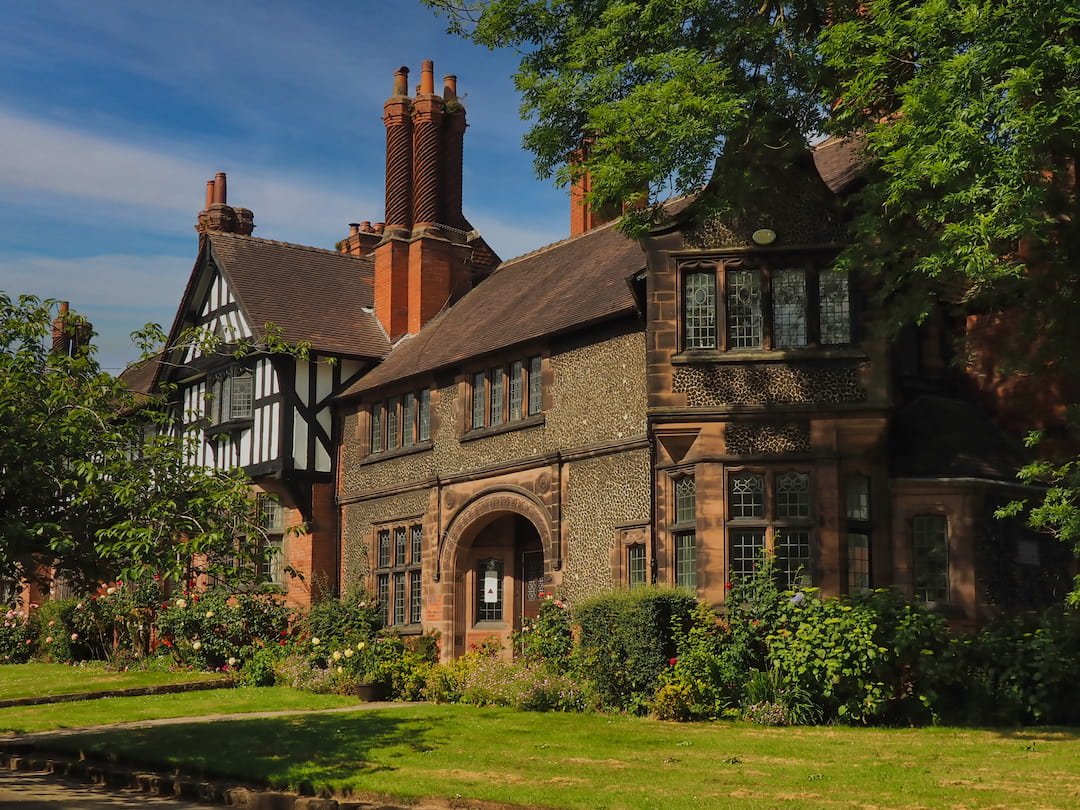

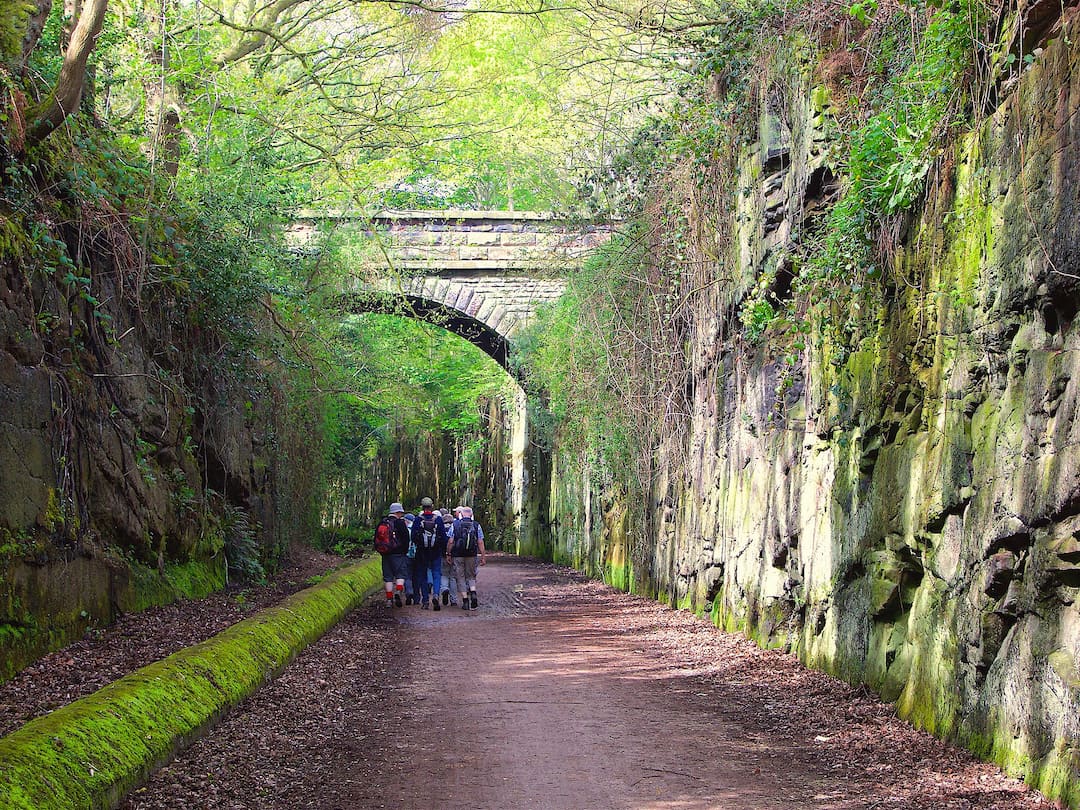
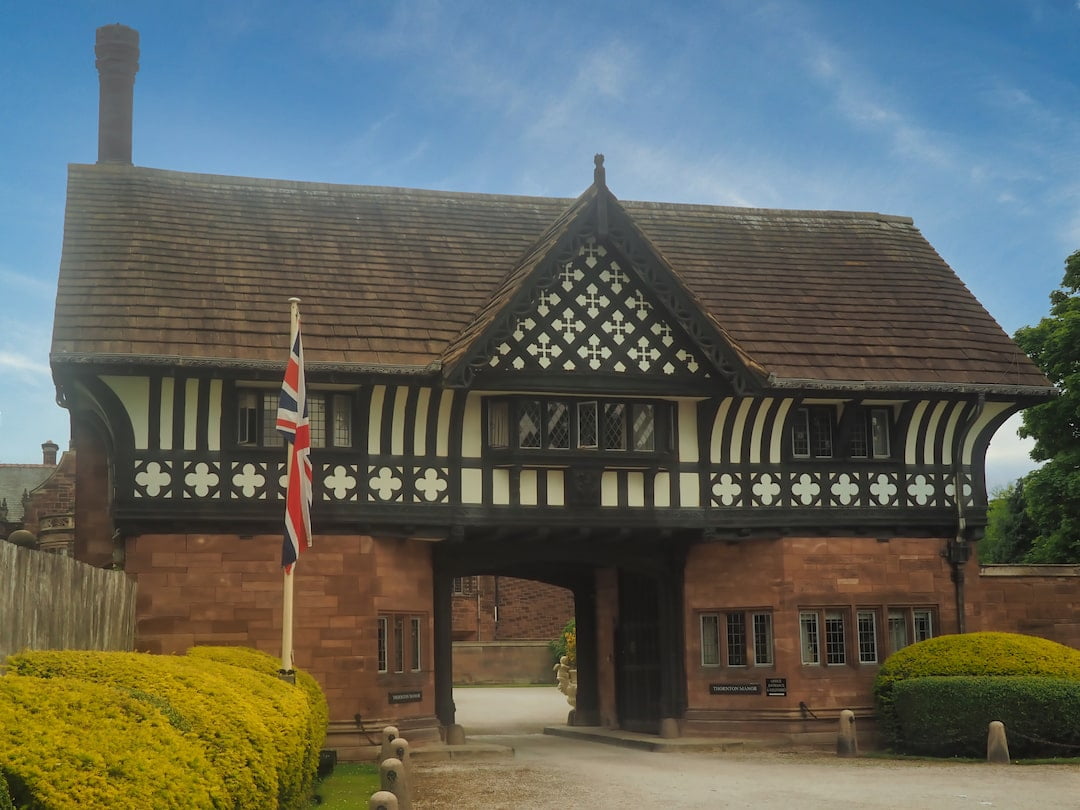


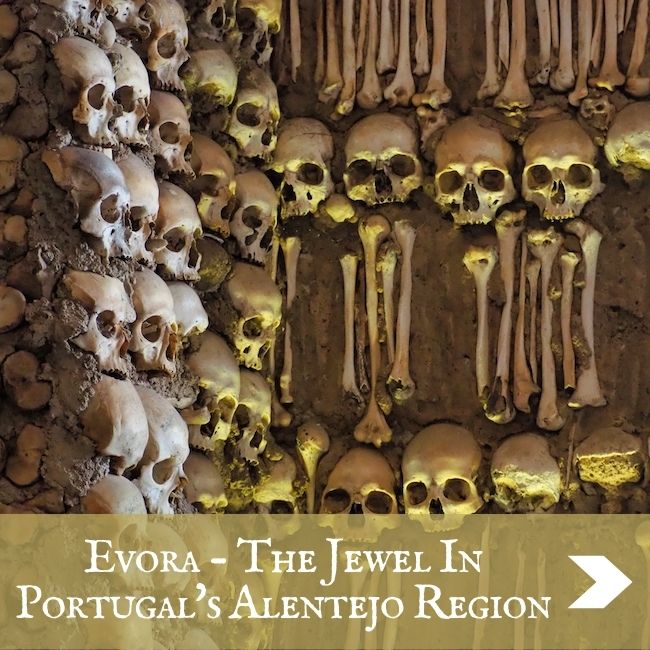

Love this trip down memory lane – and as you know, we’re always up for a good road trip. You had me at “16th-century pub,” and for some reason “Ferry Cross the Mersey” is now planted in my brain!
– Susan